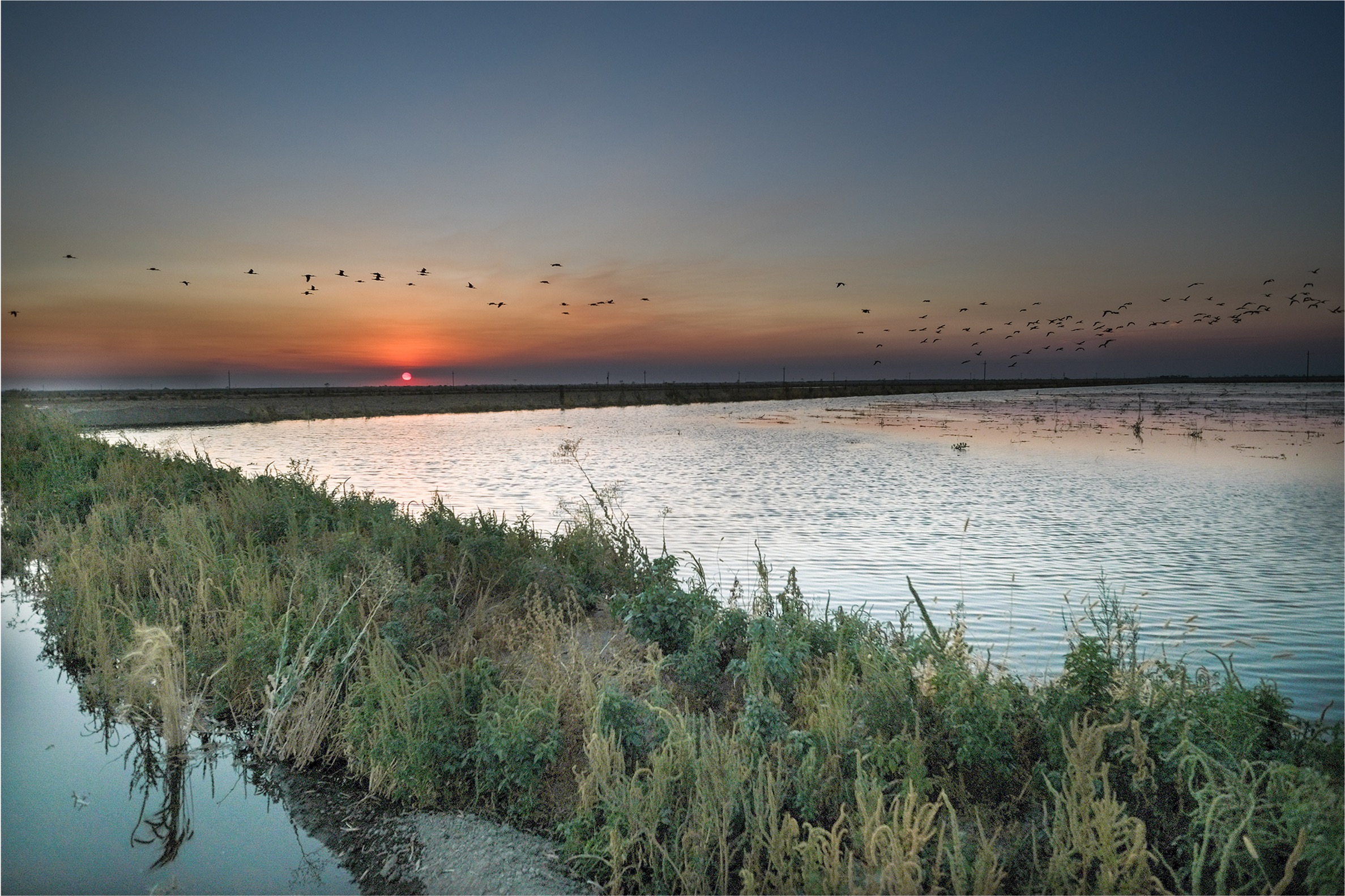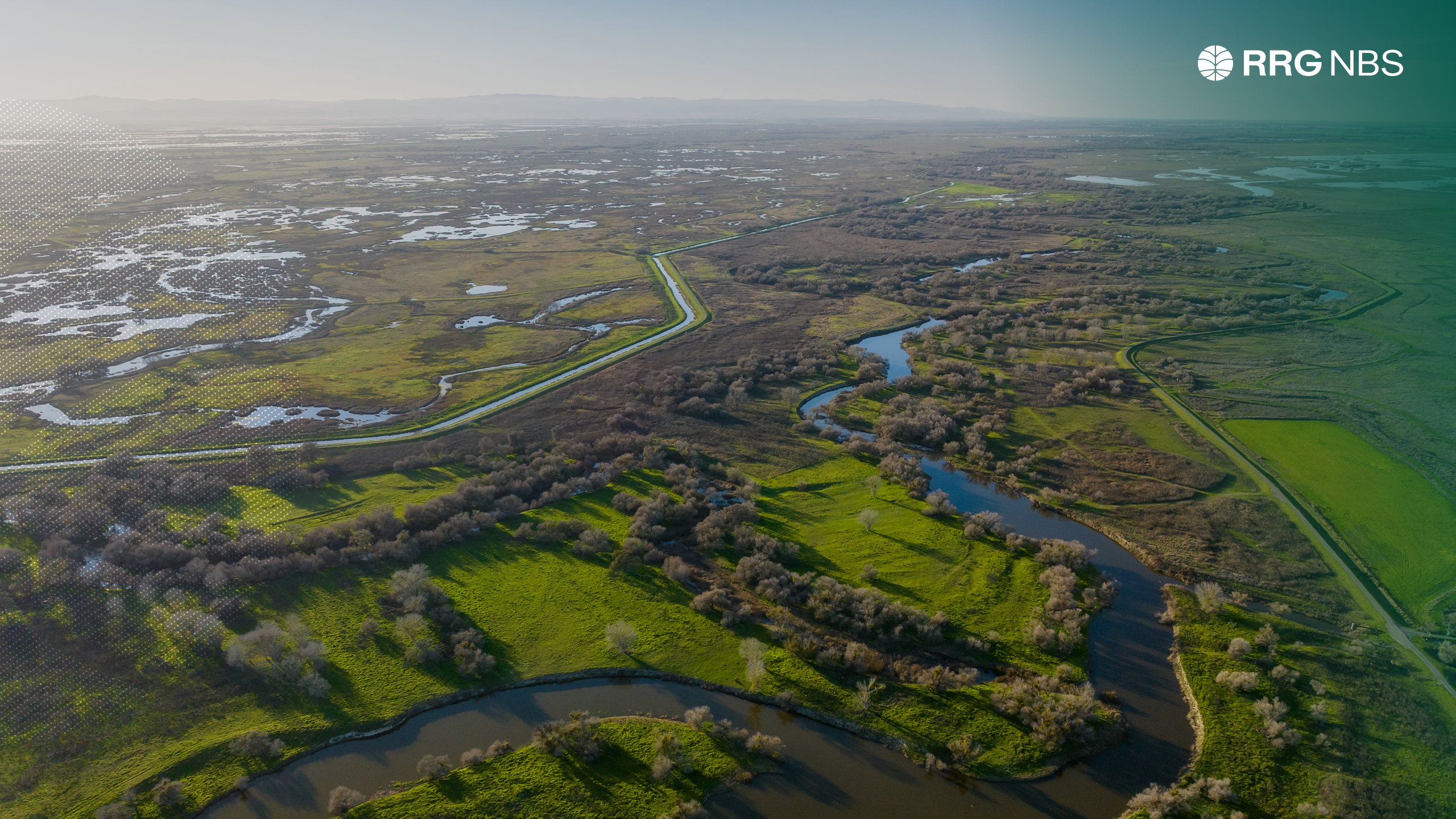The vast majority of agricultural land worldwide is controlled by private stakeholders, ranging from individual landowners to large corporate entities and family farms. Previous research has shown that private landowners prefer incentive-based conservation methods over punitive regulatory approaches. In this complex landscape, biodiversity credits emerge as a vital tool for financing the transition to regenerative farming—a practice critical for sustainable agriculture. However, actual rollout and implementation of such programs in agricultural projects can still be very unclear to many. This article will explore the burgeoning role of biodiversity credits, discussing the challenges and considerations of their implementation, the evolving market dynamics, and the alignment of agricultural practices with established crediting standards. By delving into these areas, we aim to illuminate the pathways and pitfalls in leveraging biodiversity credits to enhance ecological and economic outcomes in agriculture.
The biodiversity credit market is in the early stages of being establised. Critical aspects of market development – such as integrity criteria, governance structures, project safeguards, Monitoring, Reporting and Verification (MRV) protocols, equivalence, and other market pillars – are currently being informed by ongoing pilot projects on the ground. And as mentioned in the previous post, more biodiversity crediting pilot programs on agricultural lands are needed to inform the ongoing discussions in key global forums and amond standard developers like the WEF, Verra, Plan Vivo, and the Biodiversity Credit Alliance, which are shaping the development of this market.
During our own discussions with other experts and fellow practitioners, several thought-provoking issues have surfaced. One key question is: Who is interested in biodiversity credits generated in agricultural projects? Consumer Packaged Goods (CPG) companies are prime candidates, but their interest may be contingent on how their biocredit purchasing will interact with existing reporting frameworks, such as the Taskforce on Nature-related Financial Disclosures (TNFD), the European Sustainability Reporting Standards (ESRS), the Global Reporting Initiative (GRI), the SASB Standards, and the IFC Performance Standards. For example, if a global CPG company buys credits from a regenerative dairy producer within its supply chain, what specific claims can it make about its sustainability practices?
Aligning agricultural operations with existing crediting standards poses challenges. For example, Verra’s SD VISta Nature Framework requires a 40-year project longevity during which the permanence of biodiversity outcomes must be monitored, and reversals accounted for. This requirement alone would automatically exclude most, if not all, agricultural operations. Food production systems can be quite short-lived and dynamic, while conservation efforts, by their very nature, tend to be more permanent.
Similarly, how do the additionality requirements interact with the fact that regenerative approaches have the potential to yield greater profits in the short-to-medium term?
APPROACHING PERMANENCE AND ADDITIONALITY IN BIODIVERSITY CREDIT PROGRAMS IN THE AGRICULTURAL CONTEXT
One way to start elucidating these questions may be by looking into payments for ecosystem services (PES) regimes that have been tried before to compensate agricultural producers making changes that benefit biodiversity. One such PES program was used in the Mainstreaming Biodiversity in Sustainable Cattle Ranching (MBSCR) Project 2025 to promote the adoption of silvopastoral systems among Colombian cattle ranchers as an alternative to improve natural resource management, enhance the provision of environmental services (biodiversity, carbon, and water), and raise the productivity in participating farms.
In that program, farmers located in buffer areas of connectivity corridors of strategic ecosystems and protected areas were paid for land uses sufficiently compatible with biodiversity. Short-term PES were given to those land uses with live fences, windbreaks, and isolated trees in pastures that, once established, were profitable in the medium and long term, and therefore were most likely to be kept in place by the farmers. On the other hand, land uses fostering high levels of biodiversity but that were not profitable in the medium and long term (i.e., riparian forests, connectivity corridors, secondary forests, and wetlands) received long term payments. The MBSCR project also contemplated a premium payment for those landowners who incorporated a set of native trees, palms, and cacti species selected for their contributions to biodiversity. In the absence of the payment, farmers are not likely to plant such native species given their slower growth rates, higher establishment and management costs, and reduced (or no) market value.
Thus, a way to address permanence and additionality concerns could be by establishing shorter-term payments tied to the uptake of biodiversity-friendly practices that become profitable in the short-to-medium term, like cover cropping, intercropping, and agroforestry, among others. In contrast, longer-term payments could be reserved for the adoption of practices that foster high levels of biodiversity but that are not profitable in the medium-to-long term.
DETERMINING CREDIT PRICING AND FARMER COMPENSATION
Another challenge surfacing is how to determine relative equivalence of biodiversity credits originating in agricultural projects. Many of the biodiversity credit programs emerging globally are opting for either a process-based approach (i.e., compensation reflects management efforts and opportunity costs by accounting for design, implementation, maintenance, monitoring, third-party verification, and transaction costs, and required return), or an outcome-based approach (i.e., only biodiversity results are rewarded).
The MBSCR project is typical of a process-oriented PES program in the sense that farmers were compensated based on management efforts and opportunity costs, regardless of biodiversity gains. While it recognizes the human labor and technology cost to cause biodiversity conservation and/or enhancement, such PES programs are often criticized due to their low efficiency in achieving desired biodiversity conservation outcomes. In contrast, purely outcome-oriented payments can be interpreted as an attempt to commodify and put a price on nature.
Within the agricultural sector, a process-oriented pricing approach may create a bias towards financing cheaper farming operations. The cost of conservation or restoration activities at a farm in Brazil inserted in a relatively well conserved landscape and converted to agriculture only a couple of decades ago could be significantly lower than conservation and restoration interventions at a farm in Scotland inserted in a heavily modified landscape that has been farmed for millennia.
However, purely result-based payments may create a bias towards faster recovering systems (e.g., the farm in Brazil), or may not be aligned with the financial needs of farmers’ undergoing the transition to regenerative farming, whose most pressing need is to ensure cash flows during the first years of establishment before the ecosystem services derived from the interventions kick-in.
Introducing a third approach that integrates a fixed component accounting for intervention costs at the project’s outset, alongside a dynamic component acknowledging biodiversity gains throughout the project’s duration, could harmonize effectively with both farmers’ financial planning and societal biodiversity goals, while ensuring sustained cash flows for the farmer over long term.

Figure 1: Challenges and Opportunities in Advancing Biodiversity Credits
EMPOWERING FARMERS: KEY STAKEHOLDERS IN BIODIVERSITY PROTECTION
Private freehold lands cover large portions of many countries around the world. If a global biodiversity strategy involved only public land and statutory protected areas, we would be severely challenged to meet the goals of the Global Biodiversity Framework. The use of private land and the participation of landowners are critical parts of any effort to reduce biodiversity decline. Farmers, in particular, play a vital role as stewards of biodiversity.
As biodiversity markets evolve, it is crucial to develop and extend methodologies that can be applied to agricultural ecosystems. Thus, the inclusion of farmers in these discussions becomes increasingly vital. Their insights are important for tailoring approaches that meet the specific challenges of agricultural biodiversity.
Emerging technologies such as AI and machine learning are proving instrumental in lowering the costs of biodiversity monitoring, which we will explore further in our final post. The upcoming article will explore how these technologies enhance the efficacy of biodiversity credit systems, paving the way for a broader array of project proponents, particularly among farmers.
Acknowledgements
Special thanks to Pablo Reed, Eva Ross, Tom Eisenhauer, and Florencia Montagnini for their valuable insights and editorial contributions.





